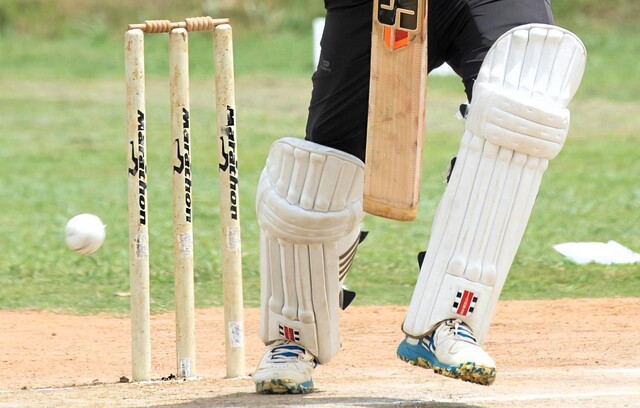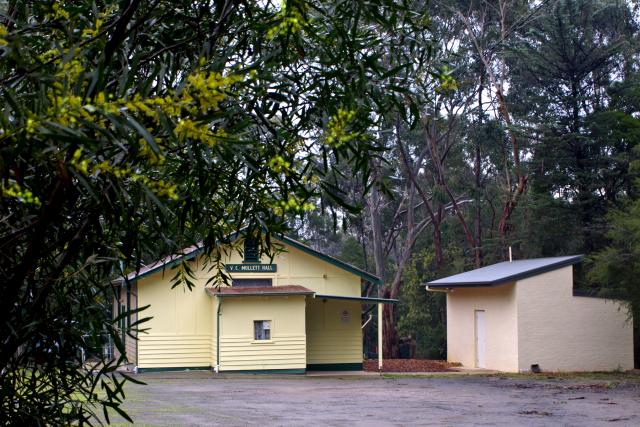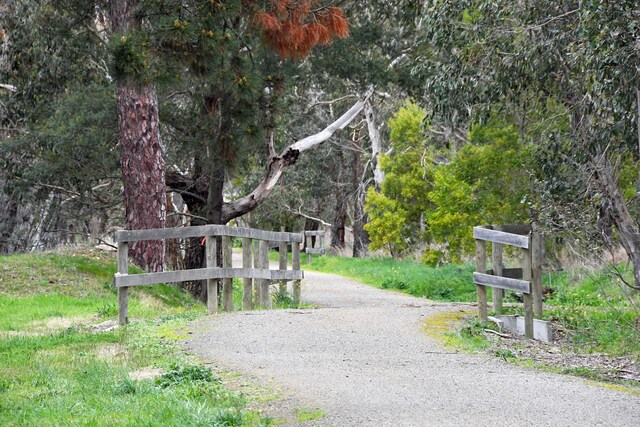 Cats may seem impulsive creatures, but they can be easy to control if good habits are encouraged from day one. Picture: Elizabeth Clancy.
Cats may seem impulsive creatures, but they can be easy to control if good habits are encouraged from day one. Picture: Elizabeth Clancy.By Ed Merrison
THE warmer months may put an extra spring in the step of your pet, but how to stop an animal stepping out of its home can be a real problem.
Cats and dogs leaving their owners’ properties can run the risk of road accidents or becoming a nuisance – or even a danger – to other people and animals.
Both animals are creatures of habit that learn bad behaviour as quickly as good.
“Many behaviour problems are caused by lack of exercise and stimulation. Often with the responsibilities of modern lives, few pet owners have the time necessary to train their dog to enjoy such freedom,” said Colleen Holliday of Innotek, a company specialising in pet behaviour solutions.
Ms Holliday advised interactive toys and meaty bones to keep dogs from becoming bored, while Sandra Ford of the Feline Control Council of Victoria suggested giving cats companions.
“It’s better to have two from the same litter. It’s better for their wellbeing, as they groom each other, nurture each other and keep each other good company,” she said.
But Ms Ford was clear on the best way to keep cats from escaping.
“We recommend keeping them inside, end of story. If you have a sheltered, penned-in area that runs off the house, they have the best of both worlds,” she said.
Under new building legislation, even free-standing cat enclosures may no longer require a permit, and Ms Ford recommended information from the government’s Responsible Pet Ownership Program on how to cat-proof a home.
Ms Holliday said the question of whether to fence a home to keep in dogs posed problems for home owners.
She said reasons for fencing included privacy, security and improving of the appearance of a home.
An alternative to a fence is a containment system that uses a buried wire on the property boundaries.
The dog is equipped with a special electronic collar that picks up a radio signal from the wire when it gets close to the boundary.
It first receives an audible warning tone in the collar and if it proceeds further, a mild electrical stimulus reminds the dog to stay in the safe part of the yard.
“The containment system allows pet owners to create an area where their animal can roam freely without being confined by a chain or being surrounded by a fence,” Ms Holliday said.
The Responsible Pet Ownership website can be found at www.pets.info.vic.gov.au






